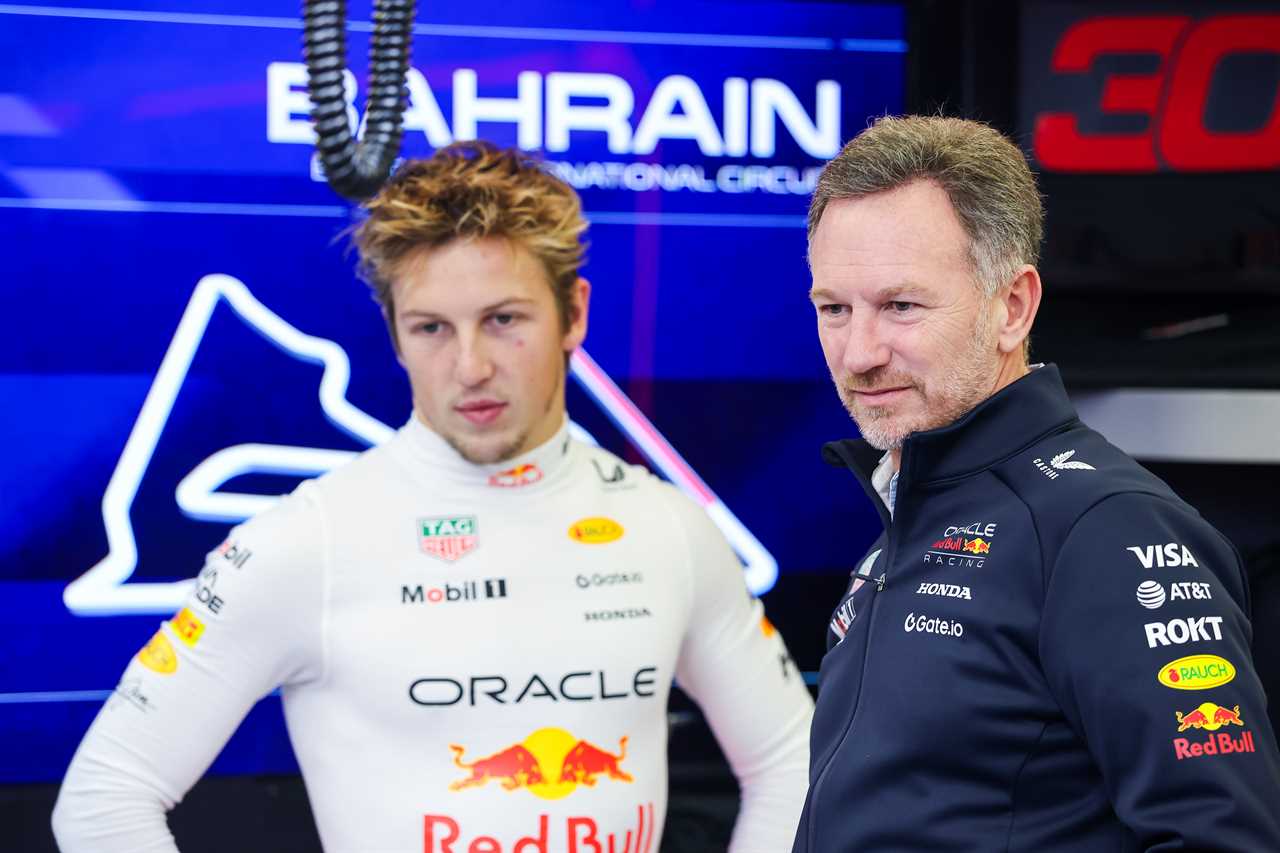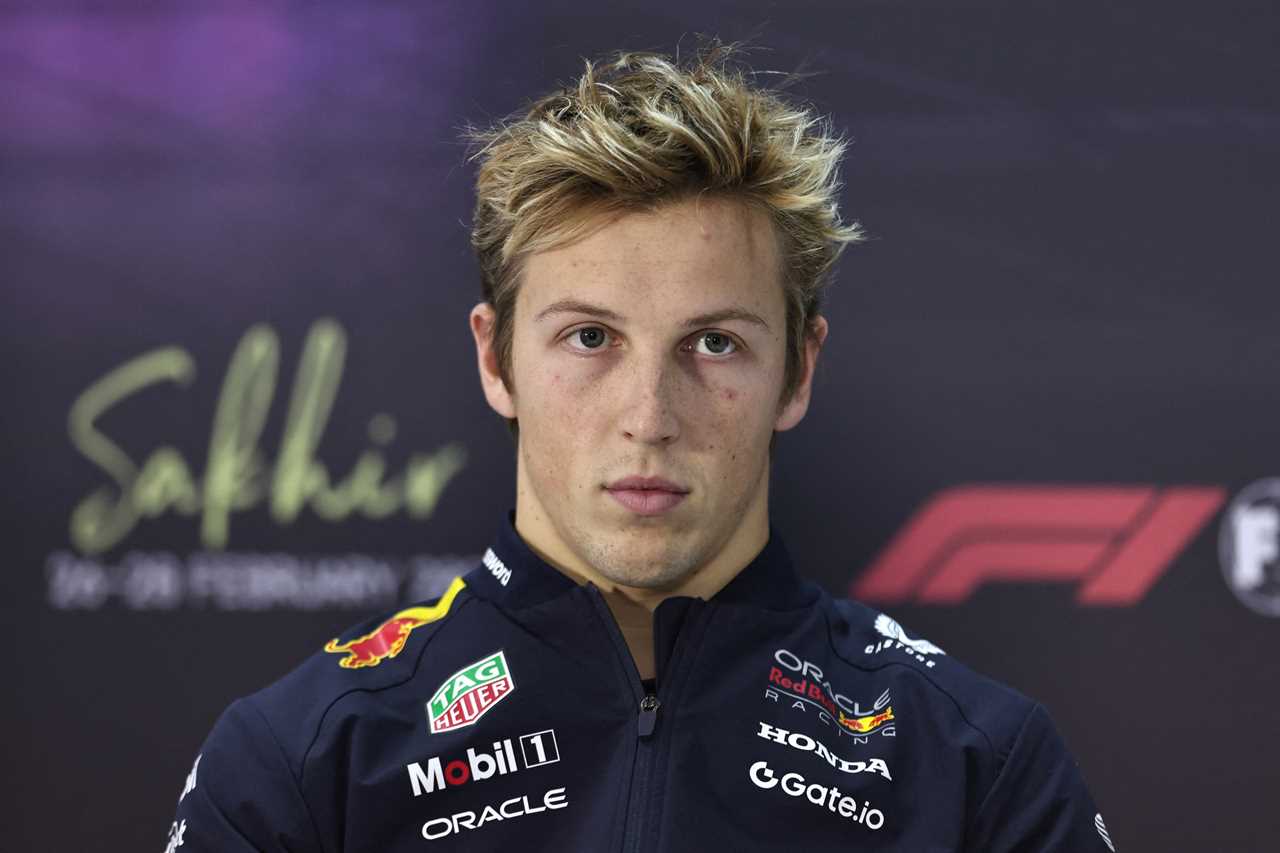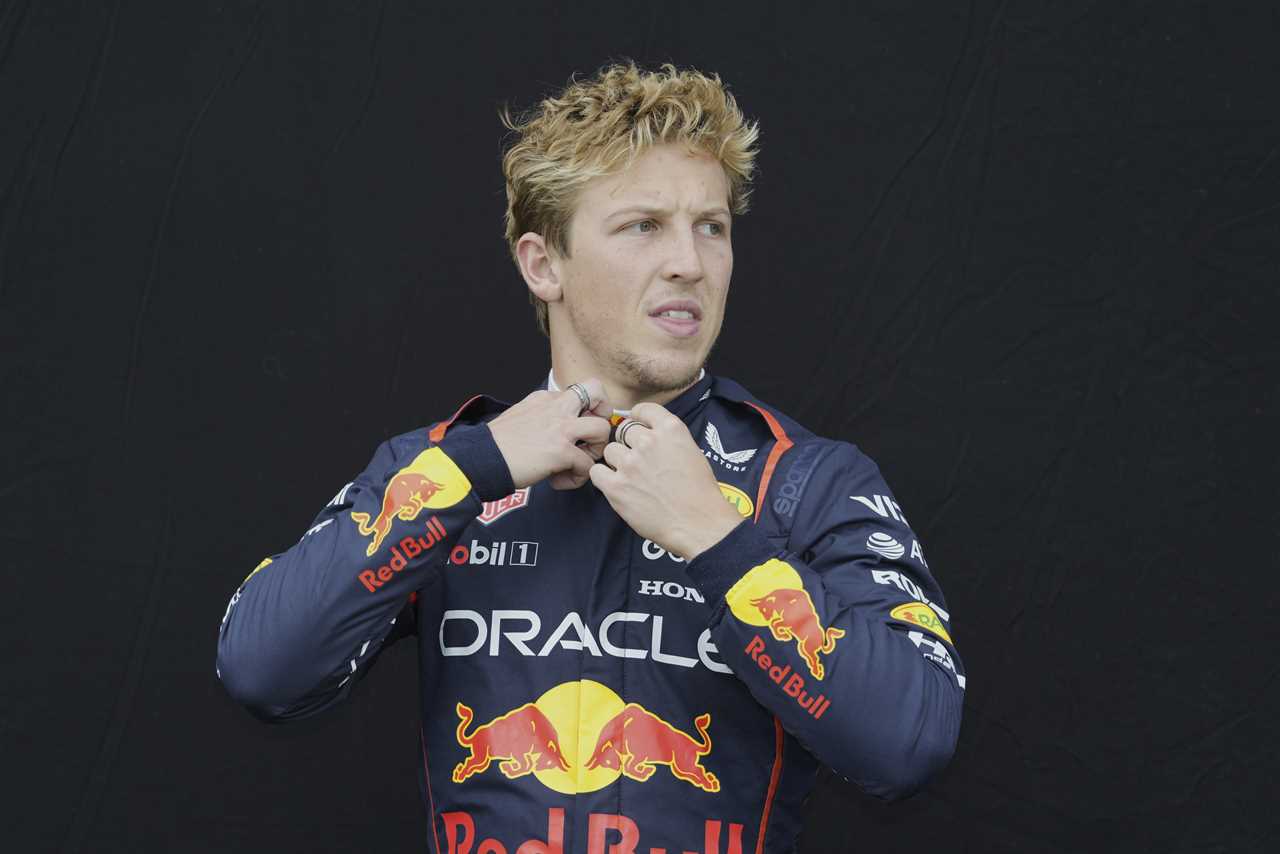
Unexpected Move Shakes Up the Team
In a surprising turn of events, Red Bull team principal Christian Horner has made the tough call to remove Liam Lawson from his Formula 1 seat after just two races this season. The decision has left fans and the young driver himself reeling, marking a significant shift within the high-pressure world of F1 racing.
Horner Opens Up About the Tough Choice
Christian Horner didn’t shy away from expressing his anguish over the decision. Describing the move as "horrible," he acknowledged the emotional weight of taking away a driver's dream. However, he emphasized that the choice was made with Lawson's best interests in mind.
Balancing Team Performance and Driver Development
Lawson was brought into Red Bull in December, stepping in for Sergio Perez as the team sought to strengthen their lineup. Despite the promise, the young driver's performance in the initial races led to concerns. Horner explained that the pressure and expectations placed on Lawson may have been too intense too soon, impacting his ability to perform at his best.
Concerns Behind the Decision
Horner revealed that both he and the engineering team observed Lawson struggling during the opening race weekends in Australia and China. The strain seemed to take a visible toll on Lawson, prompting the team to consider a change. Horner mentioned that the engineers were deeply worried about the effect the races were having on the driver’s performance and well-being.

Looking Ahead: Lawson’s Future and Red Bull’s Strategy
Moving forward, Lawson will return to Racing Bulls, the sister team of Red Bull, where he will team up with newcomer Isack Hadjar. This shift is aimed at providing Lawson with a better environment to hone his skills without the intense pressure of the main Red Bull team. Horner expressed confidence that this move is not the end of Lawson’s journey in F1, suggesting that it’s a step towards nurturing his potential in a more supportive setting.
Yuki Tsunoda Steps Into the Red Bull Seat
The spot vacated by Lawson will be filled by Yuki Tsunoda starting from the upcoming Japanese Grand Prix weekend. Tsunoda brings valuable experience to the team, and Horner is optimistic about the contributions he will make. This change underscores Red Bull’s commitment to maintaining a competitive edge while also ensuring that their drivers are in the best possible position to succeed.
Lawson's Take on the Sudden Change
For Liam Lawson, the decision came as a shock. He expressed his surprise and disappointment, noting that the talks leading up to the decision didn’t indicate such a direction. Lawson reflected on the challenging start to the season, including difficult testing sessions and a shaky first weekend in Melbourne. Despite the setbacks, he remains determined to make the most of his opportunity with Racing Bulls.
Red Bull’s Path Forward
Christian Horner’s decision highlights the relentless demands of Formula 1, where performance and pressure are ever-present. Red Bull remains focused on securing strong results, and the team continues to strategize on how best to support their drivers while achieving their competitive goals.

A Glimpse into the Future
As the season progresses, all eyes will be on both Yuki Tsunoda’s performances and Liam Lawson’s development with Racing Bulls. The situation serves as a reminder of the fine balance teams must maintain between fostering young talent and ensuring immediate competitiveness in the high-stakes arena of Formula 1.
Conclusion
Christian Horner’s candid remarks shed light on the complexities of team management in Formula 1. While the decision to remove Liam Lawson was undoubtedly difficult, it reflects Red Bull’s commitment to both their current performance and the long-term potential of their drivers. As the season unfolds, both the team and Lawson will be striving to navigate the challenges ahead, aiming for success on and off the track.
Frequently Asked Questions
What is the price of a Formula 1 engine?
A Formula 1 engine is among the most sophisticated pieces of machinery within the sport. Teams may spend anywhere from $7 million to $10 million on the engine alone, which accounts for the advanced technology and performance characteristics necessary to compete at the highest level.
What are the transport and logistic costs in Formula 1?
Formula 1 racing requires a lot of transport, including the transportation of cars, personnel, and equipment around the globe. Teams can spend between $8 million and $10 million per season on logistics, though larger teams with more equipment may incur even higher costs.
How much does a Formula 1 steering wheel cost?
A Formula 1 steering wheel is a highly complex piece of equipment, packed with buttons, dials, and displays to control various car functions. The cost of Formula 1 steering wheels can range between $50,000 and $100,000. This reflects the technology used in its design.
Statistics
- An advanced Formula 1 steering wheel can cost between $50,000 to $100,000 given its multifunctionality and custom design.
- Hosting a Formula 1 Grand Prix can cost a hosting circuit more than $70 million, including the sanctioning fees and the cost of preparations.
- A Formula 1 car's carbon fiber body parts, essential for performance and safety, contribute significantly to the overall production costs of the vehicle.
- The budget cap introduced in Formula 1 for the 2021 season was set at $145 million, which is aimed to level the playing field.
- Pirelli F1 tires cost around $2,700 each, resulting in a set of four tires costing approximately $10,800.
- Shipping costs for transport and logistics in Formula 1 can reach between $8 million to $10 million per season for each team.
- The operational costs for a Formula 1 team per season can range from $120 million to over $400 million, depending on the team's size and aspirations.
- The cost of a full-scale Formula 1 simulator can reach several million dollars, with annual maintenance adding to the financial impact.
External Links
How To
Formula 1 Car Development - How to save money
To save on Formula 1 vehicle development, you need to plan strategically and allocate your resources. Focus on areas where the return on investments is the greatest. Use advanced simulation tools before you commit to expensive manufacturing to help narrow down possible improvements. Adopt a modular design philosophy allowing components to be updated independently. Consider forming partnerships with other teams and suppliers to help share costs for development, while adhering to the rules governing team collaboration. Lastly, apply an iterative development approach, proceeding cautiously with new innovations.
Did you miss our previous article...
https://sportingexcitement.com/formula-1/tai-woffinden-in-stable-condition-after-horrific-speedway-crash
 CricketBoxingFormula 1GolfHorse RacingPremier LeagueTennisPrivacy PolicyTerms And Conditions
CricketBoxingFormula 1GolfHorse RacingPremier LeagueTennisPrivacy PolicyTerms And Conditions
